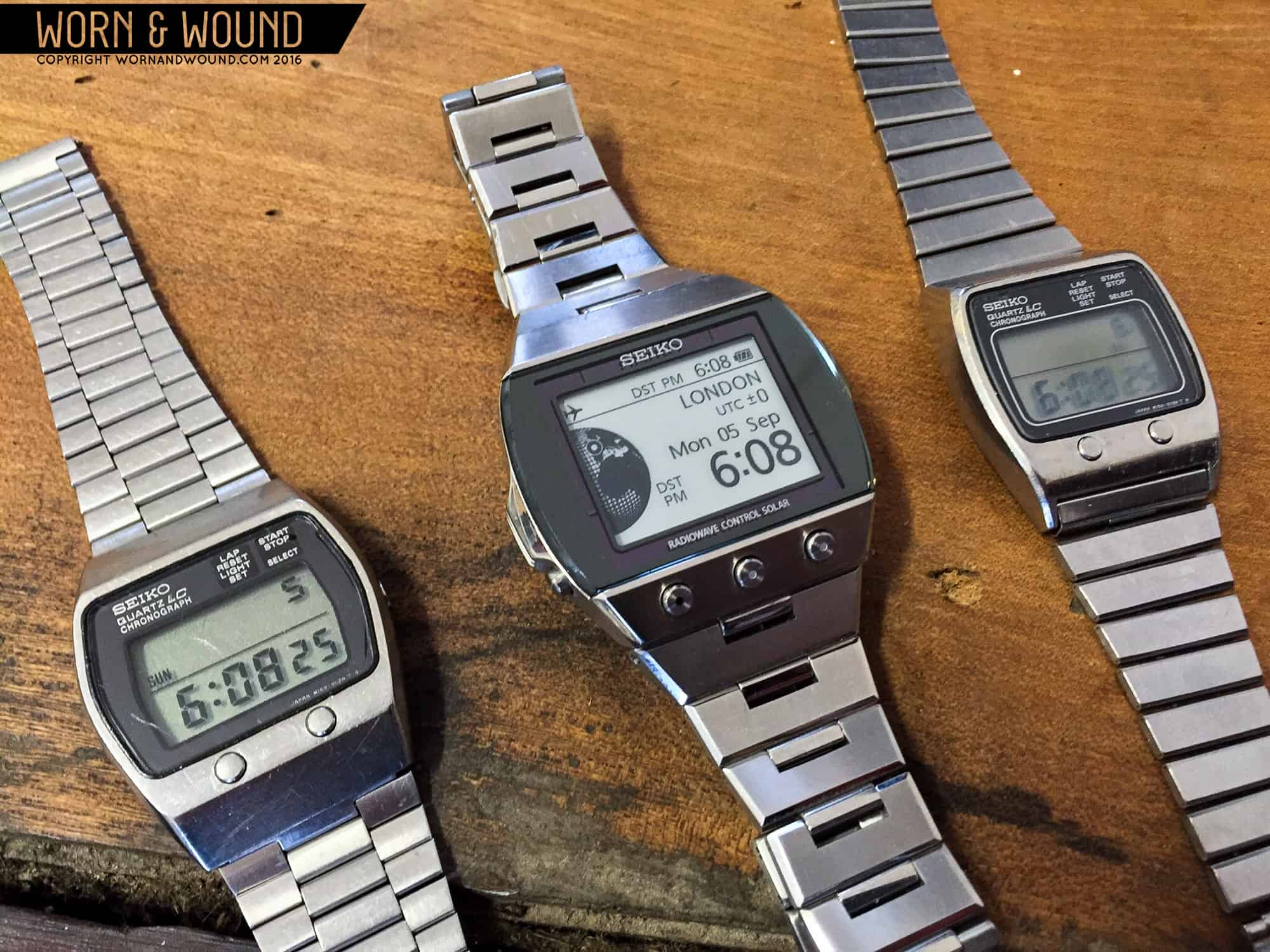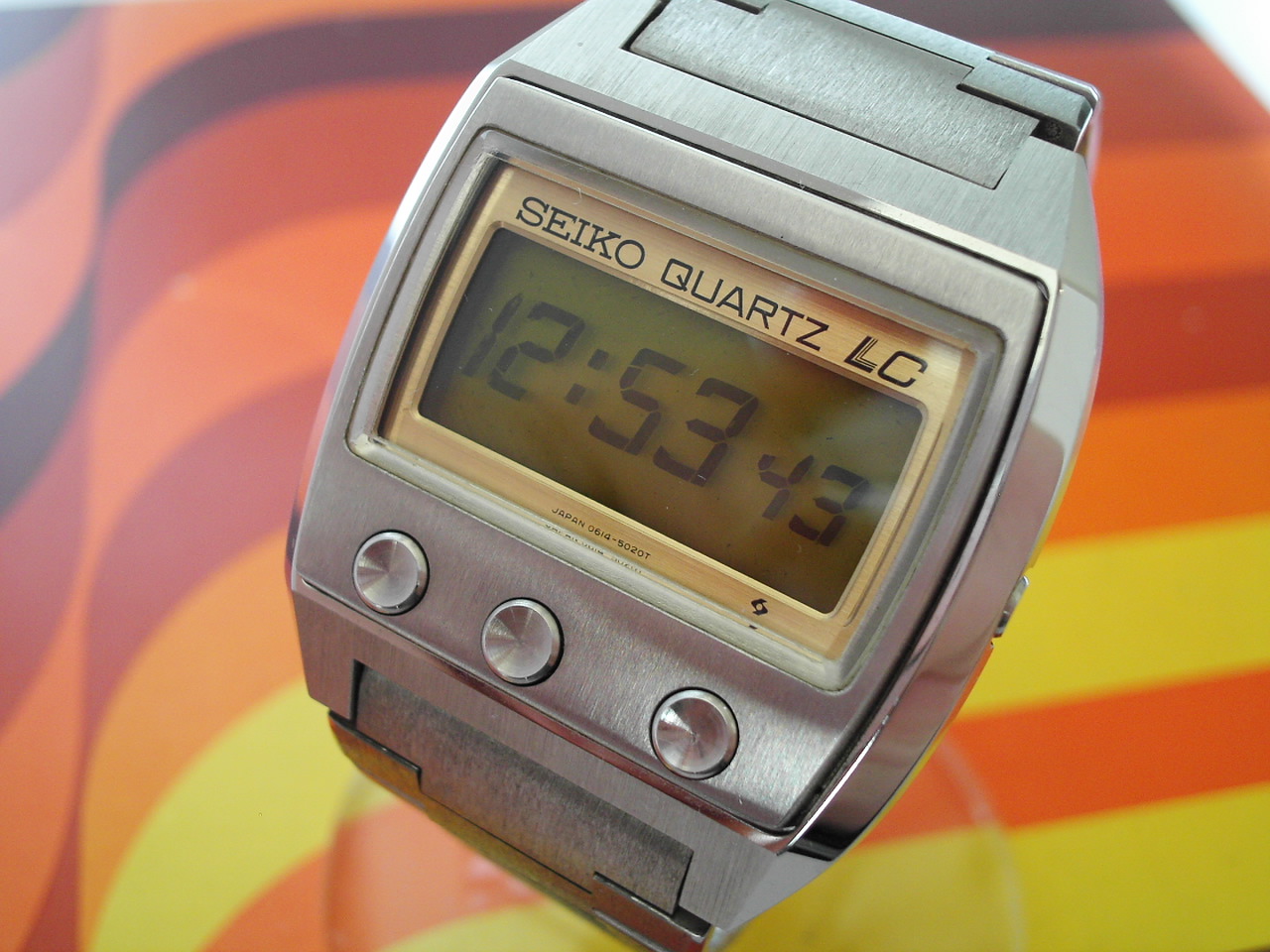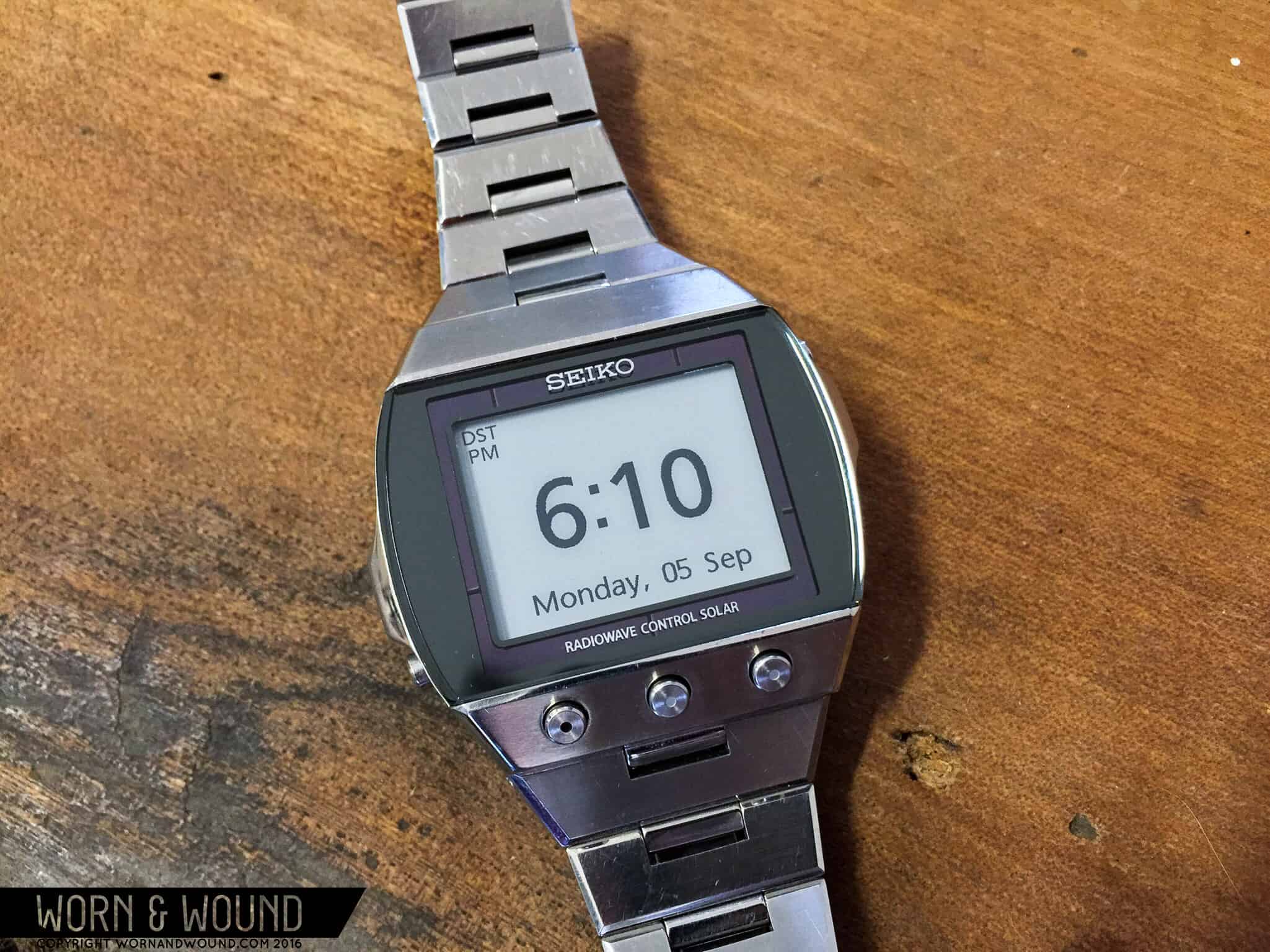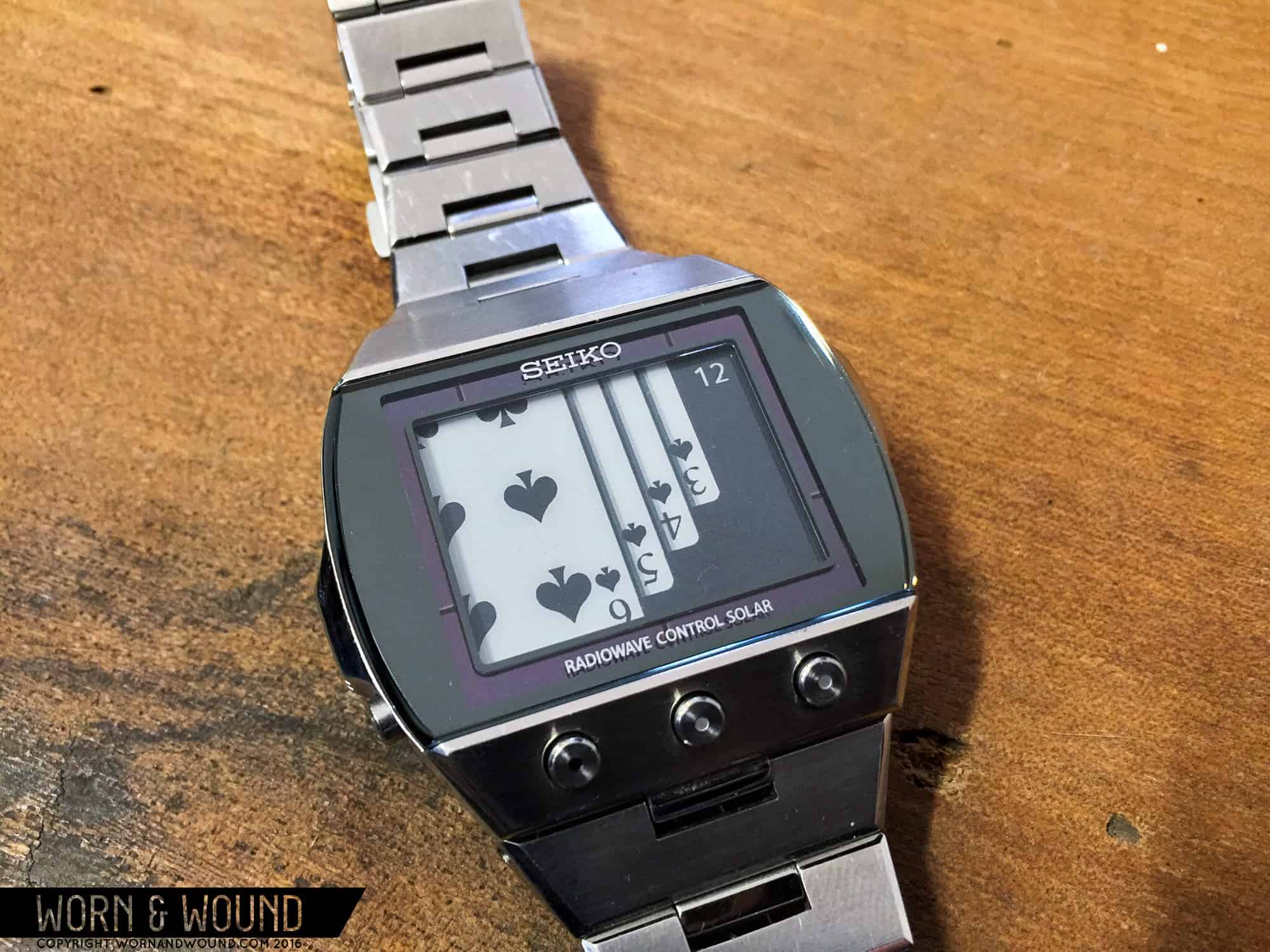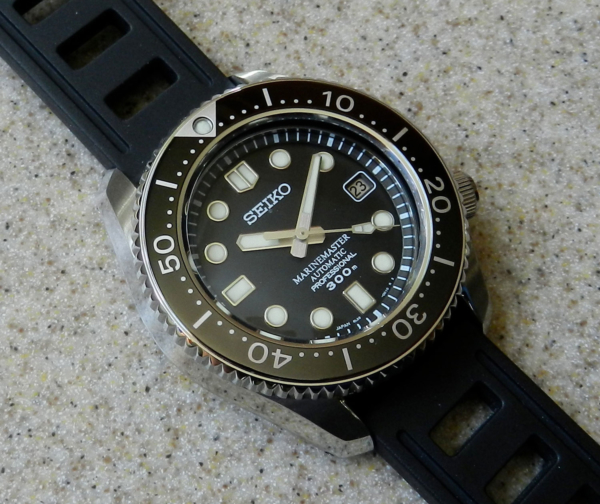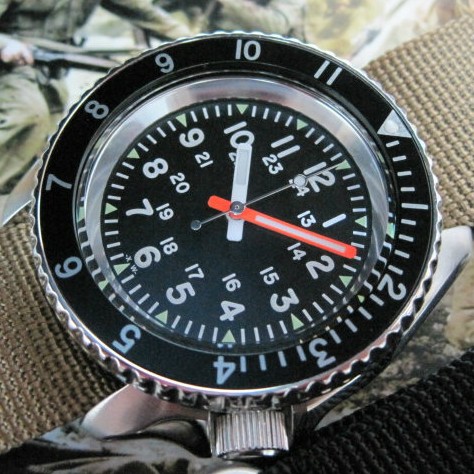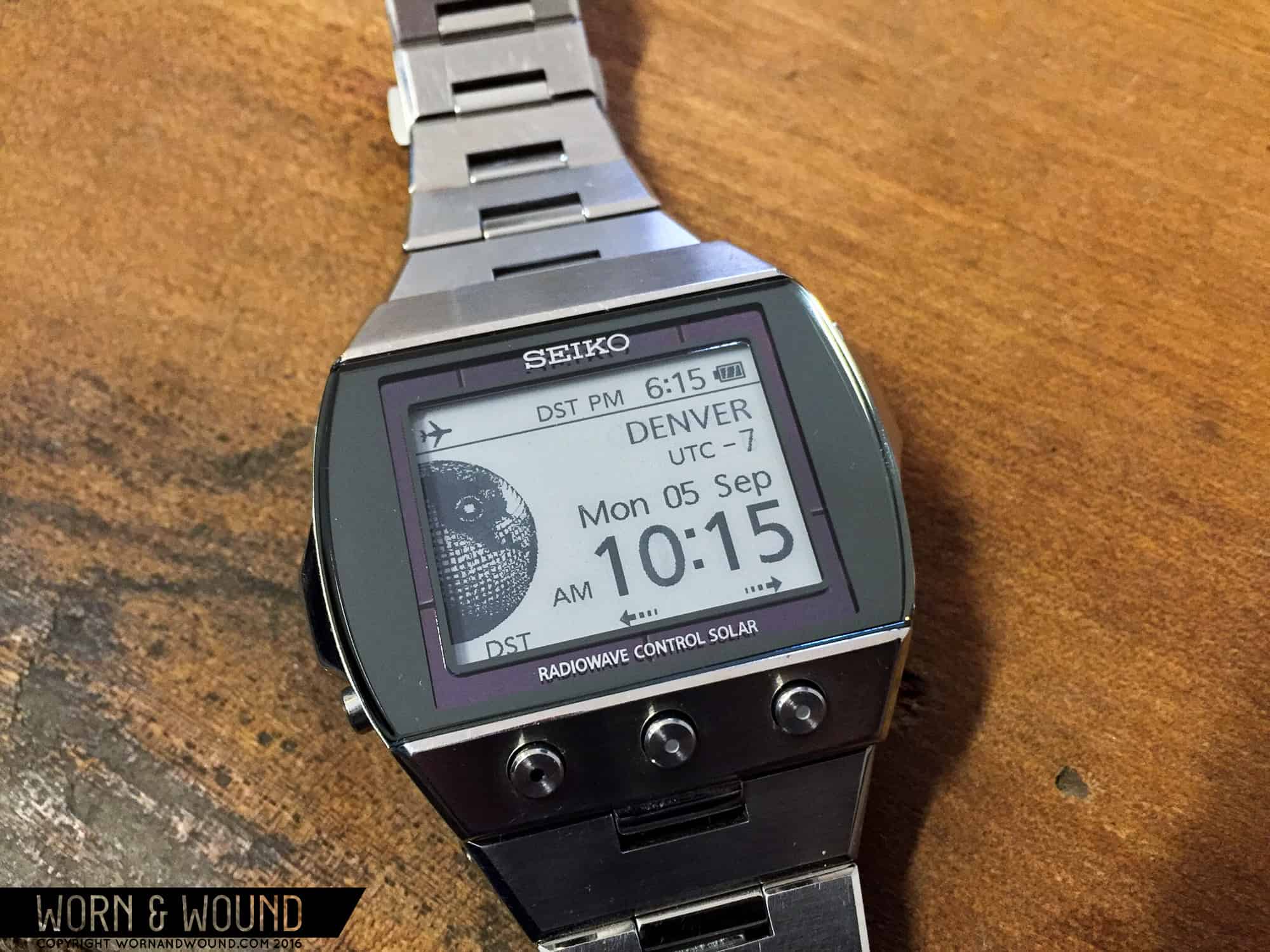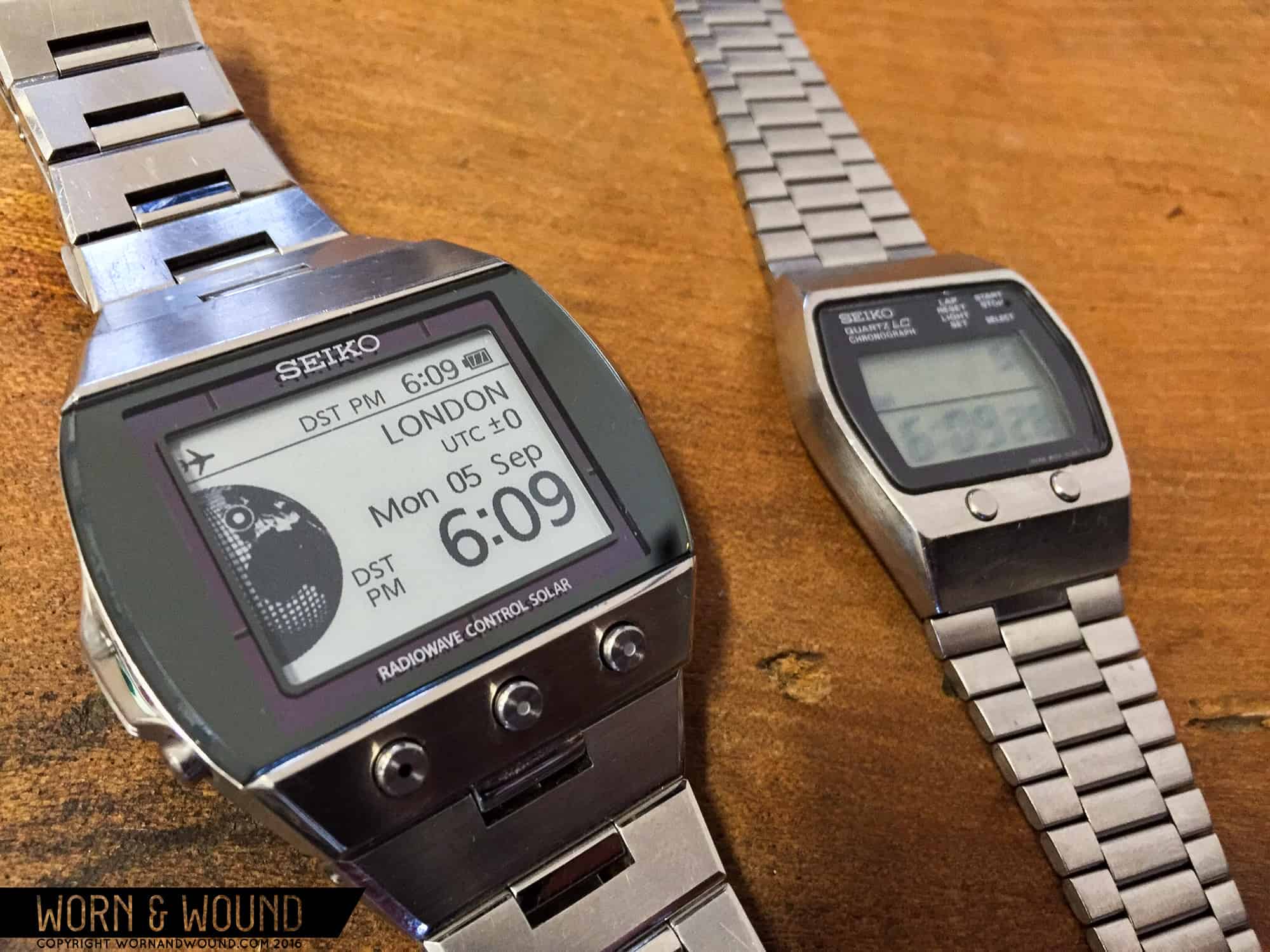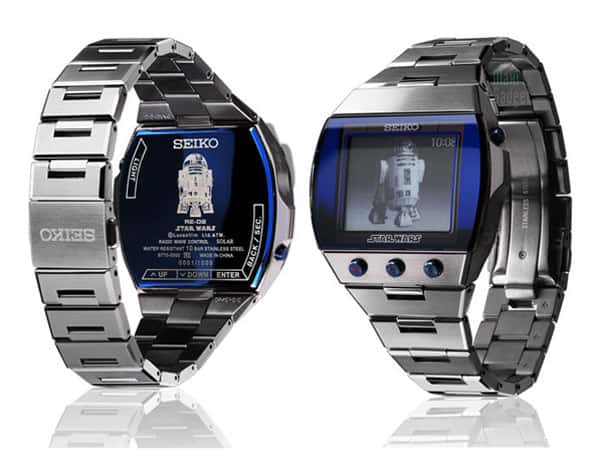Digital watches. Mass market. Throwaway tech. Bit of a relic. Yes? It seems Seiko doesn’t think so. It was typically contrarian of the Japanese watchmaker to release a remarkable new top-end digi—the SDGA001—at Baselworld in 2010. It wasn’t the first time they’d done it either, so Seiko’s designers made sure the new watch’s genetic heritage was there, clear as the digits on your face, right from the start.
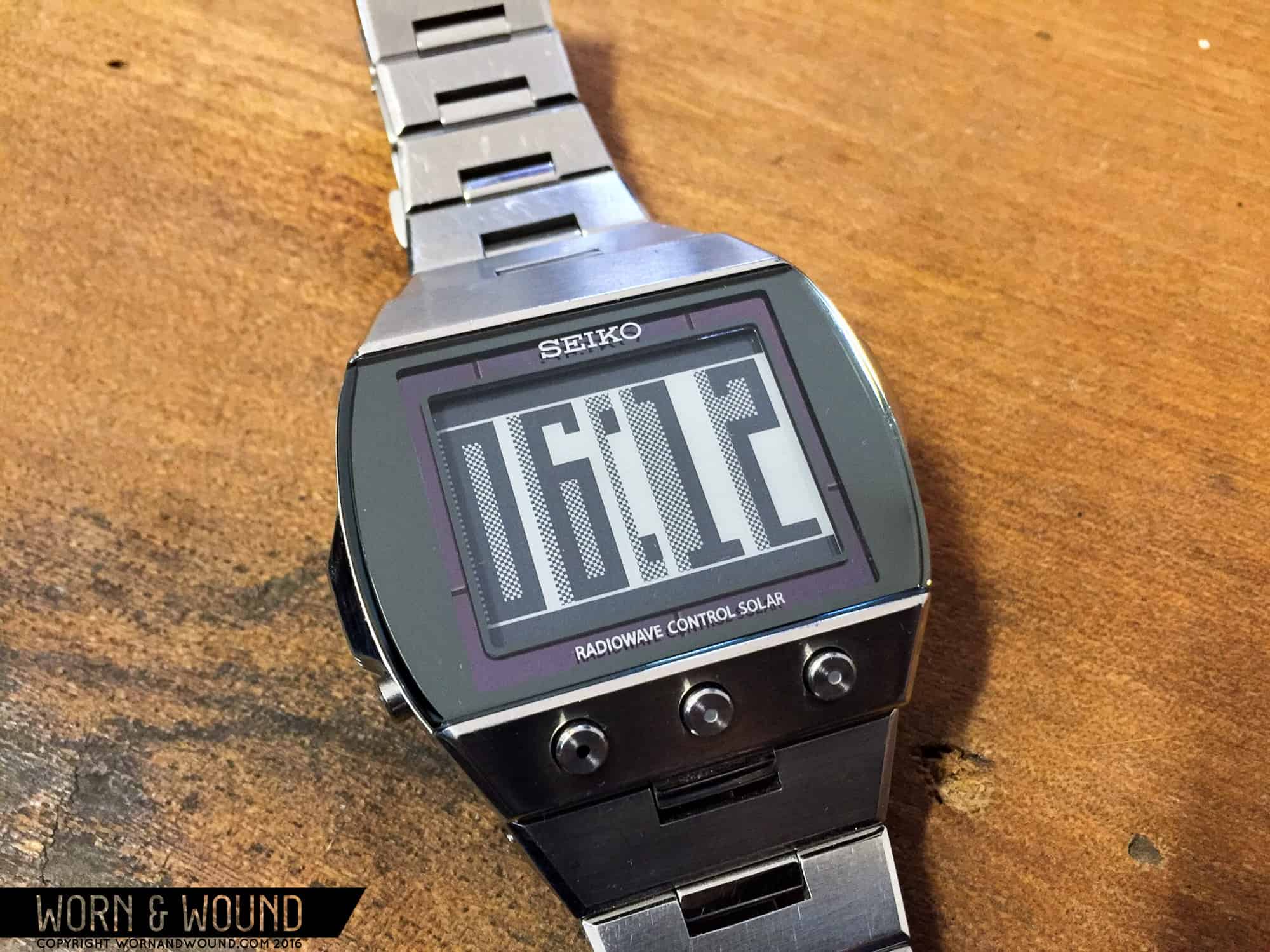 Back in October 1973, when digitals were more exciting than the space race, Seiko built the world’s first solid-state watch with a liquid crystal display (LCD), the 06LC. Seiko’s new “black on yellow” liquid crystal displays were not only efficient, their displays had high contrast and were always on.
Back in October 1973, when digitals were more exciting than the space race, Seiko built the world’s first solid-state watch with a liquid crystal display (LCD), the 06LC. Seiko’s new “black on yellow” liquid crystal displays were not only efficient, their displays had high contrast and were always on.
Before this, digital watches showed the time with bright red light-emitting diodes (LEDs) that needed a push of a button to activate; when the display wasn’t lit, the watch face was dark. LEDs were fiddly to operate and they had the same profligate attitude to fuel consumption as a Jensen Interceptor R. LED owners quickly became good friends with their battery suppliers.









 Featured Videos
Featured Videos




